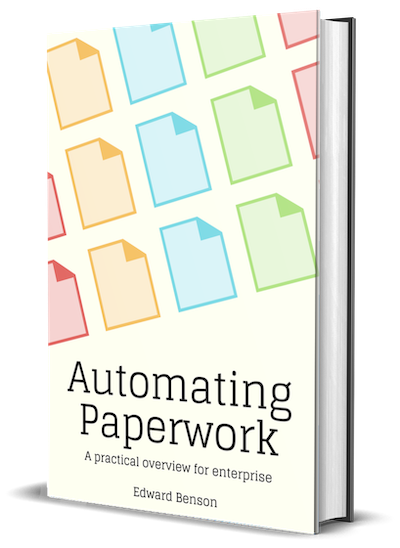Conclusion
The world of information work is in the midst of an enormous change. Up until recently, computers could only operate on the information that was carefully prepared for them. But rapid advances in AI are giving computers the ability to understand the rest of the world's data, too. Human-centric data: documents, emails, paper forms, web pages, reports, and so on.
These systems are already being built. The world's largest companies have entire teams working on natural language understanding, finding ways to extract more value from their data. A decade ago, you needed to be a tech company to join this club. But today, just about any sizable company can apply AI to their documents and processes if they go about it in the right way.
This book is a guide toward that pursuit. An overview of how to get started reaping value from the coming wave of NLU capabilities. It focused on document extraction as a low-risk, high-reward segment of the NLU space. And if focused on the following high-level ideas, summarized here as reminders:
- The values and risks of NLU are broad. Far more than mere efficiency and displacement, NLU fundamentally changes the way companies will be able to build products, offer services, and do business.
- The question is how to work with third parties, not whether to. Like most software categories, third-party platforms are an inevitable best choice. Focus on the nature of the problems you want to solve and the style of ongoing engagement you want to pursue.
- Vetting a document extraction project is the most valuable thing you can do. Nothing else will give you a higher return on time invested. Good vetting simulates the automated process end-to-end and fixes problems before they become engineering tickets.
- You might need more than "just a model". Extraction pipelines are like the mailroom hidden underneath a Manhattan skyscraper: slicing, dicing, and routing data so that it gets where it needs to go.
- Choosing a modeling type is about picking the right tradeoffs. How complex is your data. How technical is the team at your disposal. How explainable, or fast, or cost efficient, or scalable the model needs to be.
- The coming years will likely be driven by deep learning. One-size fits all models, multilingual models, multi-modal modals: deep learning is providing not just better performance but also a standard architecture in which more nuance can be added and reused across use cases.
If this book was useful to you, please share it with a friend. You can read it for free at https://www.automatingpaperwork.com or as an eBook linked from that page.
